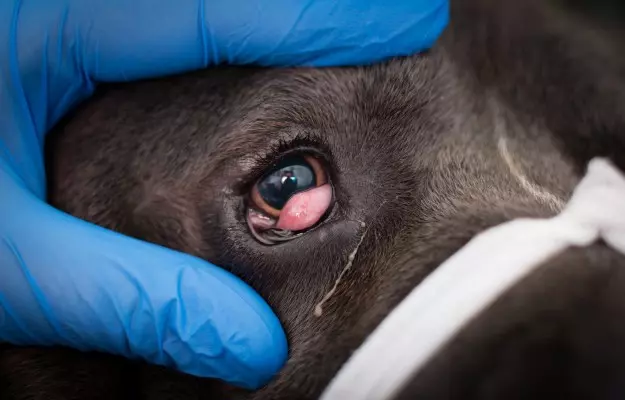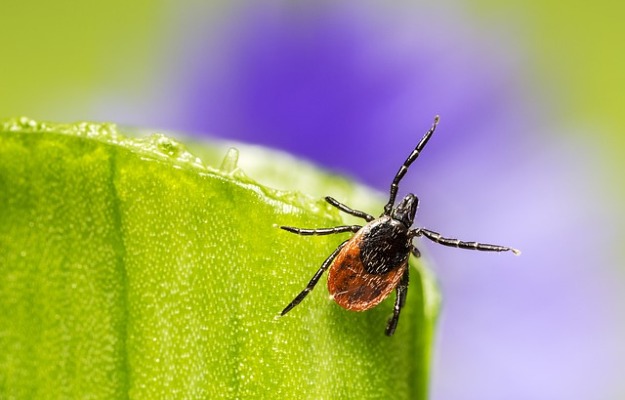Our canine friends have three eyelids as opposed to the two that we have. Broadly, the function of the third eyelid and third eyelid gland is to provide protection and lubrication to the eyes. Here’s how they work: the gland in the third eyelid, also called the nictitans gland or the accessory lacrimal gland, produces 30-50% of the tears in dogs (the rest of the tears come from lacrimal glands or tear glands near the top eyelid). The third eyelid, also called the nictitating membrane, spreads these tears - made of water, oil and mucus - over the eyes to lubricate them.
Normally, the third eyelid gland is hidden from view. Cherry eye occurs when the fibrous membranes holding the nictitans in place (tethered to the lower rim of the eye) are congenitally weak. This can cause the third eyelid gland to prolapse or move outwards (pop out) and appear like a bump in the lower corner of the eye. Because of how it looks, the condition is colloquially known as cherry eye. Typically, dogs do not experience pain as a result of cherry eye.
Cherry eye is mostly seen in younger dogs (below two years of age), and small- to medium-breed dogs. Cocker Spaniels, Beagles, Bulldogs, Lhasa Apsos, Shih Tzus are some examples of breeds that are most likely to be affected by the condition. Treatment for cherry eye usually involves surgery. If left untreated, the condition can cause dry eyes in mild cases and permanent eye damage in severe cases.



























